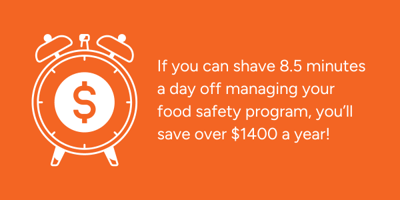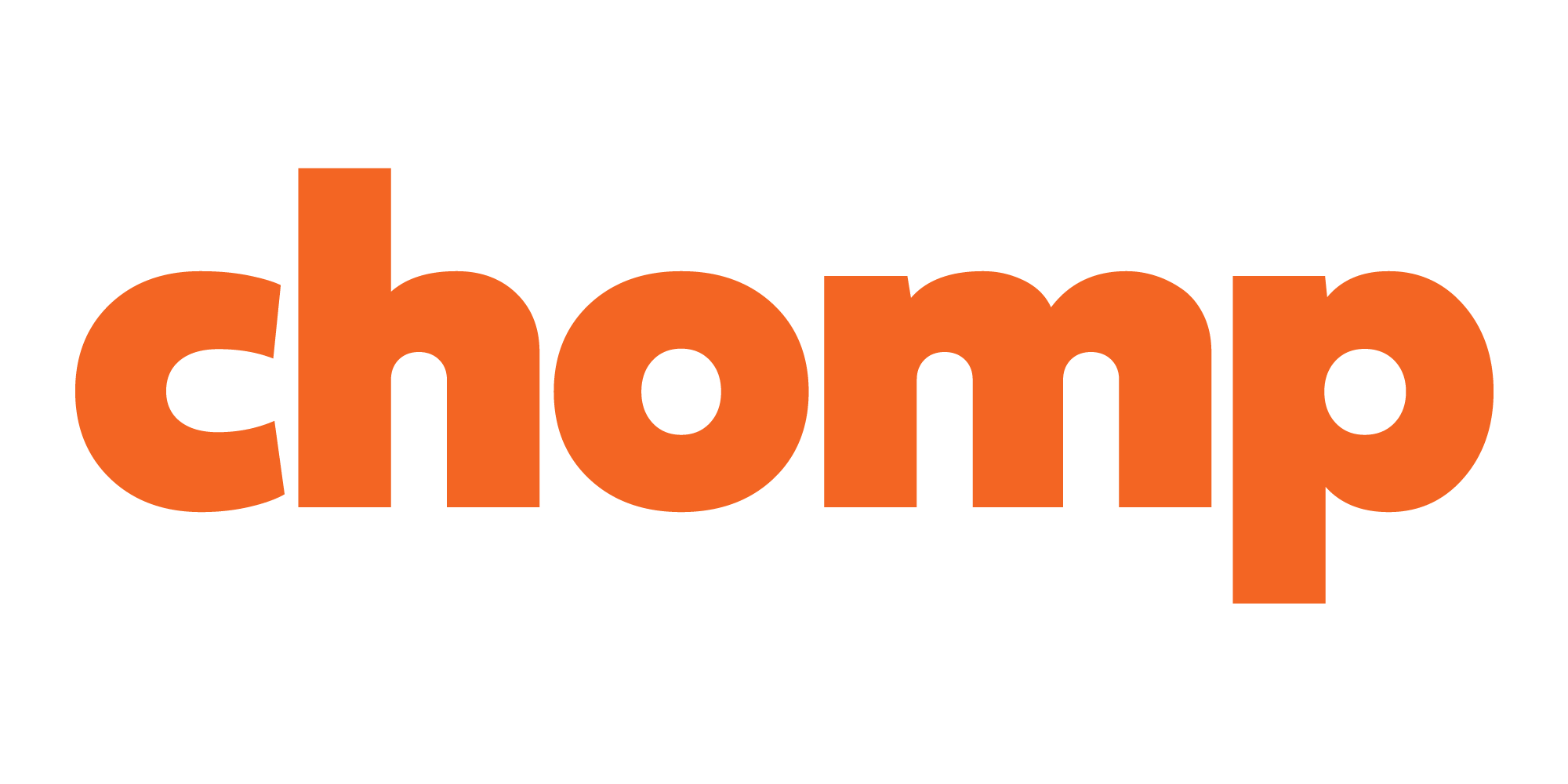
Food safety is a crucial aspect of all food businesses. Accurate food safety records are necessary to manage and track food safety processes effectively and ensure teams are supported in the process.
In the past, paper-based systems were used for record-keeping, but with advancements in technology, digital solutions have become increasingly popular. If you're thinking about making the switch to digital, you may be wondering if digital is really better than paper. Read on as we run through why digital leaves paper in the dust….literally.
Records are Always Current
One of the main benefits of a digital food safety system is quick and easy access to information. There is no need to struggle with messy handwriting or spend time searching through a pile of papers. Stay up-to-date on what's happening in your kitchen effortlessly and address any issues quickly, minimising risks and ensuring a proactive approach to food safety.
Accuracy with a Side of Compliance
When it comes to food safety, precision is essential, and digital systems excel at it. They are constantly updated to comply with changes to food safety legislation or procedures reducing the management required with implementing new processes and staying on top of changes. A good food safety system will be based in internationally recognised HACCP standards.
In addition, say goodbye to errors and mistakes that come with manual record keeping. Digital food safety systems come with built-in checks to ensure that you are following the rules and are compliant. No more missed tasks or uncompleted records. They keep things real, and you can rely on them to be accurate.
Find Everything, Anywhere
Have you ever found yourself frantically searching for an important piece of paper in the midst of a chaotic kitchen? Digital systems can help keep all your data safe, organised and easily accessible whenever you need it. Access everything from your phone, tablet or computer, even from a different location. This makes it super easy for you and your team members to work together, as well as for managers to access important information from anywhere and communicate easily with others. Making decisions and finding what you need becomes a breeze.
Cook up Better Practices with Analytics
Who said numbers can't be enjoyable? Digital systems come with analytics which can provide insights into trends, areas of improvement and potential risks. By making informed decisions, you can address issues before they escalate into major problems, keeping your kitchen running smoothly like a well-oiled machine.
Spend To Save
There is a common misconception that paper systems are free. Yes, there is a cost in the form of a subscription when using a digital food safety system. But what is often overlooked is time. And we all know that Time = Money!
Let’s break it down. On average food businesses spend 3 - 4 hours a week managing a paper-based food safety plan. As of writing this, the average hourly rate for a full-time chef in New Zealand is $27.40 per hour, which equates to $5,699.20 spent in wages managing a paper-based food safety plan. In Australia, where salaries are higher with an average chefs wage of $35.41 per hour, this equates to $7,365.28.
Now take a moment to think about the time that you would save not having to:
- Sift through paperwork to find the right section to fill in
- Manually write notes/records
- Physically check the temp in every fridge and freezer
- Look for paperwork that has been filed incorrectly
- Rewrite records after spending time searching for paperwork only to realise that it is either lost or damaged
- Rummage through paperwork looking for a specific record
- Find, review and make sure you have all documentation ready before your audit
Let’s be conservative and say that the time saved not having to do all those things above equates to 1 hour a week (8.5 minutes a day). That's 52 hours a year which equals $1424.80 NZ or $1841.32 AU.

You’ve recouped your investment in a digital food safety system in LESS than 12 months!
Though paper at first seems like it’s free, when you look at the time spent on food safety tasks in your kitchen and how much more efficient it could be, it’s easy to see how a digital food safety system will save you time and money.
Peace of Mind
Finally, let’s talk about peace of mind.
Imagine knowing that your records are always up to date, easy to find, trackable and your kitchen is compliant. A glance at your daily report tells you if there is anything to be concerned about. Your kitchen is running like a dream. You are audit-ready at any time and can send an audit report to your auditor in an instant.
Conclusion
The benefits of adopting a digital food safety system over a traditional paper-based one are undeniable.
Real-time monitoring, enhanced accuracy, accessibility, time savings, comprehensive analytics, and cost-efficiency are just a few advantages that can change how we approach food safety in the modern era.
Embracing these technological advancements increases efficiency but also shows a commitment to delivering the highest standards of food safety in your food business.
The long-term cost savings are substantial and as for peace of mind - that’s something you just can’t put a price on. And ultimately, you’d rather be cooking up a storm in the kitchen rather than dealing with paperwork right?
See Chomp's Digital Food Safety Software in Action
